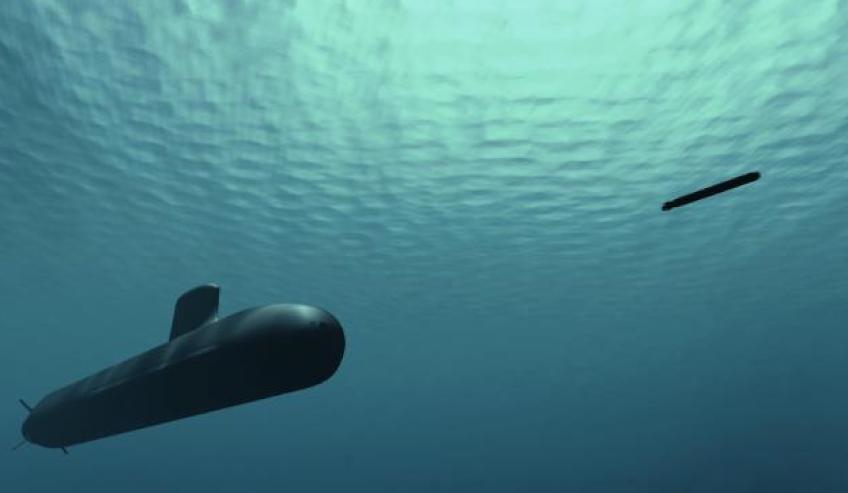The cost tendered by German SEA 1000 Future Submarine bidder ThyssenKrupp Marine Systems (TKMS) was revealed in the Senate this week, showing a disparity of $30 billion compared with Naval Group’s proposition, which secured the contract to replace Australia’s Collins Class submarines.
To continue reading the rest of this article, please log in.
Create free account to get unlimited news articles and more!
Centre Alliance senator Rex Patrick released the TKMS cost details, furnishing a letter from TKMS sent to Defence Minister Marise Payne reaffirming a previously made offer of "a fixed maximum cost of no more than $20 billion for the project" with all 12 submarines to be built in Australia.
The $20 billion offer from TKMS was first made to then-prime minister Tony Abbott in 2014 and again reaffirmed at the end of the competitive evaluation process. The German government also offered an open book audit of TKMS’s price.
In April 2016, Naval Group was awarded the contract for the Future Submarine Program, beating out TKMS's bid plus Japan's Mitsubishi Heavy Industries (MHI) and Kawasaki Shipbuilding Corp's bid.
The contract for Naval Group to build the 12 new submarines under the SEA 1000 Future Submarines Program estimated to be worth $50 billion.
Costs of the SEA 1000 Future Submarine Project have been under intense scrutiny in the past few weeks, with the Australian Strategic Policy Institute calculating the $50 billion slated for the build of the vessels could reach $79 billion, while sustainment costs could be $124 billion in out-turned dollars.
Senator Patrick, a former submariner and defence contractor, said the price difference is of concern and is calling for more clarity on the reasons Naval Group's design was selected over TKMS's.
"The $30 billion price difference is quite startling and demands a comprehensive explanation," Senator Patrick said.
"Whether rightly or wrongly, the government secretly accepted a very large opportunity cost.
"That raises some very big questions. An extra $30 billion could have been committed to other Defence capabilities. It could be spent on civil infrastructure, health or education services, or further investment in science and technology.
"So why did the government choose Naval Group? And how was that decision arrived at given the very large cost difference between bids? That’s $30 billion worth of questions that must be answered."
Speculation among industry suggests Defence preferred the French bid because of the potential acquisition of nuclear powered submarines in the future, as well as technical reasons including the option of the diesel-electric submarines using pump jet propulsion.

 Login
Login







